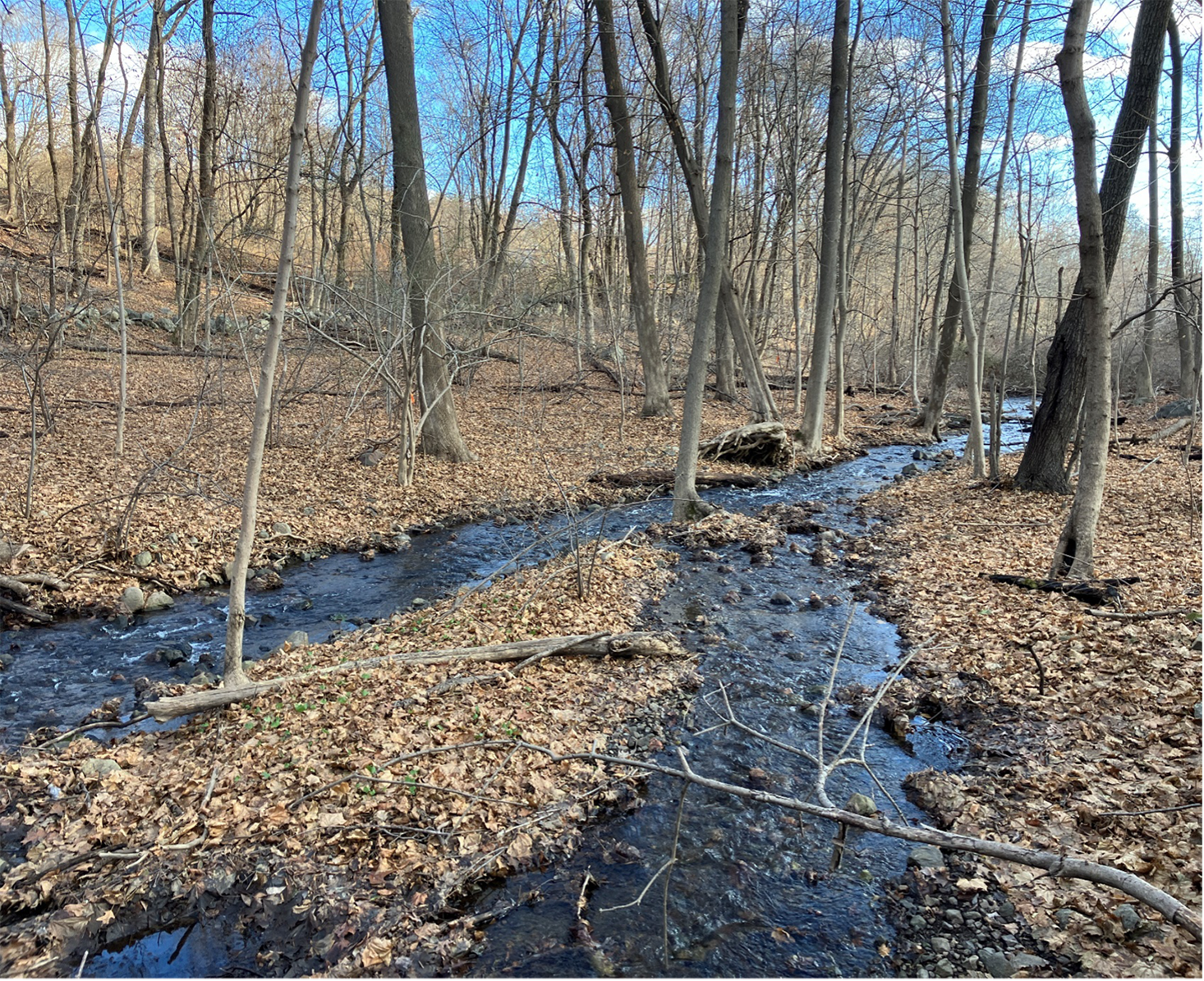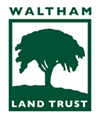History of Lawrence Meadow

Lawrence Meadow was conveyed to the Commonwealth of Massachusetts for use by the Mass Agricultural College in 1923. Prior to that, LM formed the core of the former Cedar Hill Dairy owned and operated by Miss Cornelia Warren, a philanthropist and Waltham’s greatest benefactor.
The historical significance of Lawrence Meadow includes Cornelia Warren's state-of-the-arts dairy farm that featured innovative technology at a time when milk borne disease and death was rampant. Her 100-head Cedar Hill Dairy was recognized for its high standards of sanitation, and the fresh quality of its certified bottled milk sold in Boston, Cambridge, Brookline and Waltham. Miss Warren's lifelong support of and involvement with immigrants at Denison House in Boston, had a direct impact on her awareness of the importance of safe milk production facilities. Her enterprise was lauded as the finest in the state, and her service on various commissions and boards attested to her dedication. Cornelia consulted with the famous landscape architect, Arthur Shurcliff, and he was chosen to be a Trustee of her Cedar Hill Estate. At her death, part of her estate was in consideration to be gifted to the Metropolitan District Commission as parkland for the benefit of the public.
Named for Frederic Lawrence, the 19th century farmer of the historic house at Cedar Hill, Lawrence Meadow is a remnant of an original allotment drawn up in 1636 when it was part of colonial Watertown. Its pastures and cropland provided subsistence to family farmers who derived a living from the alluvial soil formed by sediments deposited by the numerous branching streams. Evidence of colonial settlement drawn onto historic maps includes plans from 1721 that outlined a proposed Pond Meadow Lane through the Beaver Street site to connect with colonial Pigeon Lane onto Forest Street. Though documentation of archeological artifacts has yet to occur, remains of a stone wall from that era has been located and mapped.
In the 1970s, the Federal Environmental Protection Agency awarded funds to land grant agricultural colleges across the nation for the purpose of studying strategies to mitigate the harmful environmental effects of acid rain, incinerator fly ash, and polluted harbors full of sewerage. Some of this research, known as The Phoenix Project, was conducted at Lawrence Meadow. The research resulted in the disposal of approximately 66 to 77 tons of municipal incinerator ash residue (from Saugus, Ma.) into Lawrence Meadow to simulate landfill disposal in the immediate vicinity of wetlands.
The contamination remains. In 2008, this Disposal Site was reported to the Massachusetts Department of Environmental Protection following UMass, Amherst’s due diligence assessment that detected lead and cadmium in soil that exceeded Reportable Concentrations. Site investigations and reporting have occurred since then in accordance with applicable regulations and standards with the result of a compliance status equal to TN – “Temporary Solution at a site where a Permanent Solution is not currently feasible and the site must be maintained and periodically reviewed until a Permanent Solution is achieved”.
